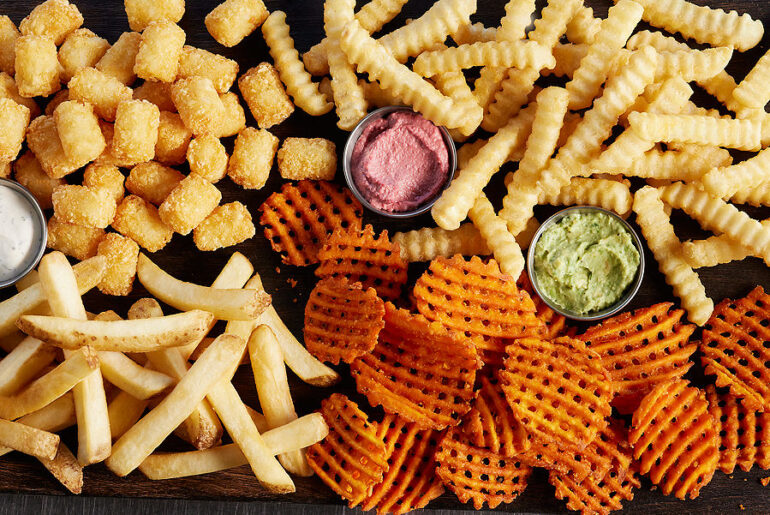Lamb Weston, the Eagle, Idaho, USA-headquartered supplier of frozen potato products to restaurants and retailers around the world, on January 4 posted second quarter 2024 net income of $215 million, was above expectations of Wall Street analysts.
“We delivered solid financial results in the quarter by executing well across our customer channels in North America and in our key international markets,” said President and CEO Tom Werner. “We continued to benefit from inflation-driven pricing actions primarily initiated last year, improvements in customer and product mix, and supply chain productivity cost savings. As expected, our volume performance in the quarter improved sequentially versus our fiscal first quarter, reflecting resilient global demand and the gradual addition of new business to replace lower-margin volume that we chose to exit in the prior fiscal year. We anticipate that the consumer and operating environment will remain generally stable through the remainder of fiscal 2024.”

Werner added: “Against this backdrop, we are reaffirming our fiscal 2024 sales estimate as well as our previously-raised Adjusted EBITDA target despite incurring significant costs associated with writing off excess raw potatoes in North America. We continue to expect to deliver strong sales and earnings growth for fiscal 2024, and to remain well-positioned to drive sustainable, profitable growth over the long term.”
Net sales increased $455.6 million to $1,732.1 million, up 36 percent versus the prior year quarter, with the current year quarter including $375.8 million of incremental sales attributable to the consolidation of the financial results of Lamb-Weston/Meijer (LW EMEA), the company’s former joint venture in Europe, following completion of the acquisition in February 2023 of the remaining interest in the Kruiningen, Netherlands-headquartered business.
Net sales, excluding the incremental sales attributable to the LW EMEA acquisition, grew 6 percent versus the prior year quarter. Price/mix increased 12 percent, reflecting the benefit of inflation-driven pricing actions across both of the company’s business segments, and favorable mix, partially offset by lower customer transportation charges. Volume declined 6 percent, primarily reflecting the carryover effect of the company’s decisions to exit certain lower-priced and lower-margin business in the prior year to strategically manage customer and product mix. Volume elasticities in response to inflation-based pricing actions across the Company’s portfolio have continued to remain low.

Gross profit increased by $94 million versus the prior year quarter to $475.6 million, and included $1.8 million of benefit ($1.3 million after-tax, or $0.01 per share) associated with the sale of inventory stepped-up to fair value in the LW EMEA acquisition, and a $4.6 million ($3.5 million after-tax, or $0.02 per share) unrealized loss related to mark-to-market adjustments associated with commodity hedging contracts. The prior year quarter included a $0.4 million ($0.3 million after-tax, with no per share impact) unrealized gain related to mark-to-market adjustments associated with commodity hedging contracts. The company has identified LW EMEA integration and acquisition-related items as items impacting comparability.
Excluding unrealized mark-to-market gains and losses related to commodity derivatives and items impacting comparability, gross profit increased $97.2 million. Gross profit also included a $64.6 million pre-tax charge for the write-off of excess raw potatoes. The charge largely reflected a reduction to the company’s sales volume estimate as compared with the January 2023 estimate used to determine the number of acres to contract, as well as a solid potato crop in Lamb Weston’s growing regions in North America.
The increase in gross profit was also partially offset by higher costs per pound, which largely reflected mid-single-digit cost inflation, in aggregate, for key inputs, including: raw potatoes; ingredients such as grains and starches used in product coatings; and labor. The increase in per pound costs was partially offset by supply chain productivity savings as well as lower costs for edible oils.





